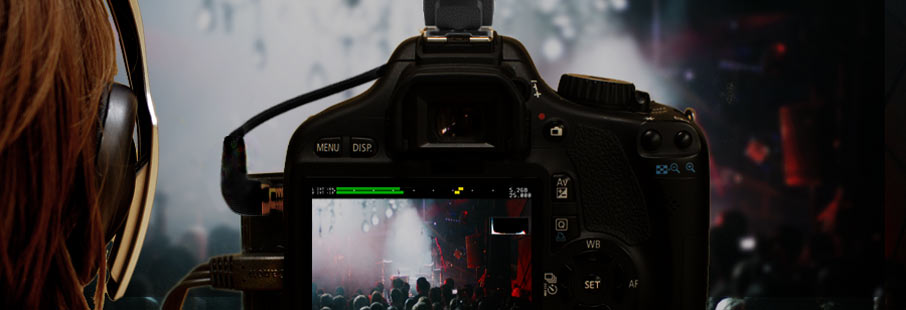
As a result, as time went by, TL got more and more out of sync with ML, and trying to roll in his new features (on old code) eventually became more effort than simply rewriting from scratch in the current codebase. The first issue was that while he knew how to download the codebase and develop from it, he wasn't versed in open source practices, and did not habitually push his code changes back to the main ML development effort for review and inclusion into the main ML development repository, or pull down newer codebases to stay in sync with the current development everyone else was doing. He made a lot of progress (not just on the 7D, but also the 6D and EOS M) and did amazing things, but he was inexperienced and not versed in two major things that caused trouble down the line. The main history is that the user "1%" began learning to code and chose to use the ML code base as his first project, because he had an (at the time) unsupported 7D and wanted to see if he could add it. (See also: Is there a way to get Magic Lantern on my newer model Canon?) I suspect all TL development has moved back to ML.Īnd yes, just like with its parent project, Tragic Lantern builds are model/OEM firmware-version specific.

But probably the biggest difference is that from what I can tell, TL development is no longer active (the latest commits I can find, on are from 2014). Tragic Lantern is a fork of the Magic Lantern codebase, which means it was based on ML, but is no longer a part of ML or supported by the ML community.


 0 kommentar(er)
0 kommentar(er)
